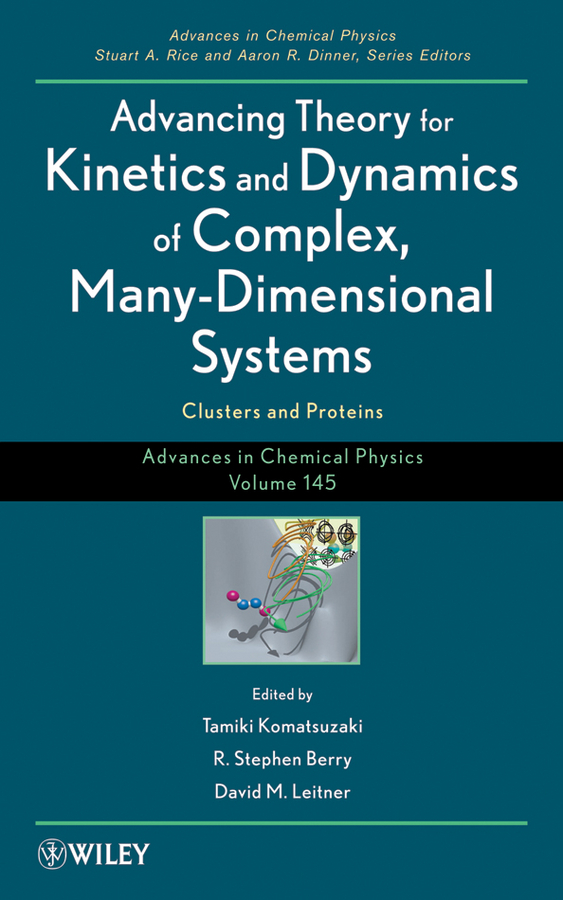Editorial Board
Moungi G. Bawendi, Department of Chemistry, Massachusetts Institute of Technology, Cambridge, Massachusetts, USA
Kurt Binder, Condensed Matter Theory Group, Institut für Physik, Johannes Gutenberg-Universität Mainz, Mainz, Germany
William T. Coffey, Department of Electronics and Electrical Engineering, Trinity College, University of Dublin, Dublin, Ireland
Karl F. Freed, Department of Chemistry, James Franck Institute, University of Chicago, Chicago, Illinois, USA
Daan Frenkel, Department of Chemistry, Trinity College, University of Cambridge, Cambridge, United Kingdom
Pierre Gaspard, Center for Nonlinear Phenomena and Complex Systems, Université Libre de Bruxelles, Brussels, Belgium
Martin Gruebele, School of Chemical Sciences and Beckman Institute, Director of Center for Biophysics and Computational Biology, University of Illinois at Urbana-Champaign, Urbana, Illinois, USA
Jean-Pierre Hansen, Department of Chemistry, University of Cambridge, Cambridge, United Kingdom
Gerhard Hummer, Chief, Theoretical Biophysics Section, NIDDK-National Institutes of Health, Bethesda, Maryland, USA
Ronnie Kosloff, Department of Physical Chemistry, Institute of Chemistry and Fritz Haber Center for Molecular Dynamics, The Hebrew University of Jerusalem, Israel
Ka Yee Lee, Department of Chemistry and The James Franck Institute, The University of Chicago, Chicago, Illinois, USA
Todd J. Martinez, Department of Chemistry, Stanford University, Stanford, California, USA
Shaul Mukamel, Department of Chemistry, University of California at Irvine, Irvine, California, USA
Jose Onuchic, Department of Physics, Co-Director Center for Theoretical Biological Physics, University of California at San Diego, La Jolla, California, USA
Steven Quake, Department of Physics, Stanford University, Stanford, California, USA
Mark Ratner, Department of Chemistry, Northwestern University, Evanston, Illinois, USA
David Reichmann, Department of Chemistry, Columbia University, New York, New York, USA
George Schatz, Department of Chemistry, Northwestern University, Evanston, Illinois, USA
Norbert Scherer, Department of Chemistry, James Franck Institute, University of Chicago, Chicago, Illinois, USA
Steven J. Sibener, Department of Chemistry, James Franck Institute, University of Chicago, Chicago, Illinois, USA
Andrei Tokmakoff, Department of Chemistry, Massachusetts Institute of Technology, Cambridge, Massachusetts, USA
Donald G. Truhlar, Department of Chemistry, University of Minnesota, Minneapolis, Minnesota, USA
John C. Tully, Department of Chemistry, Yale University, New Haven, Connecticut, USA

